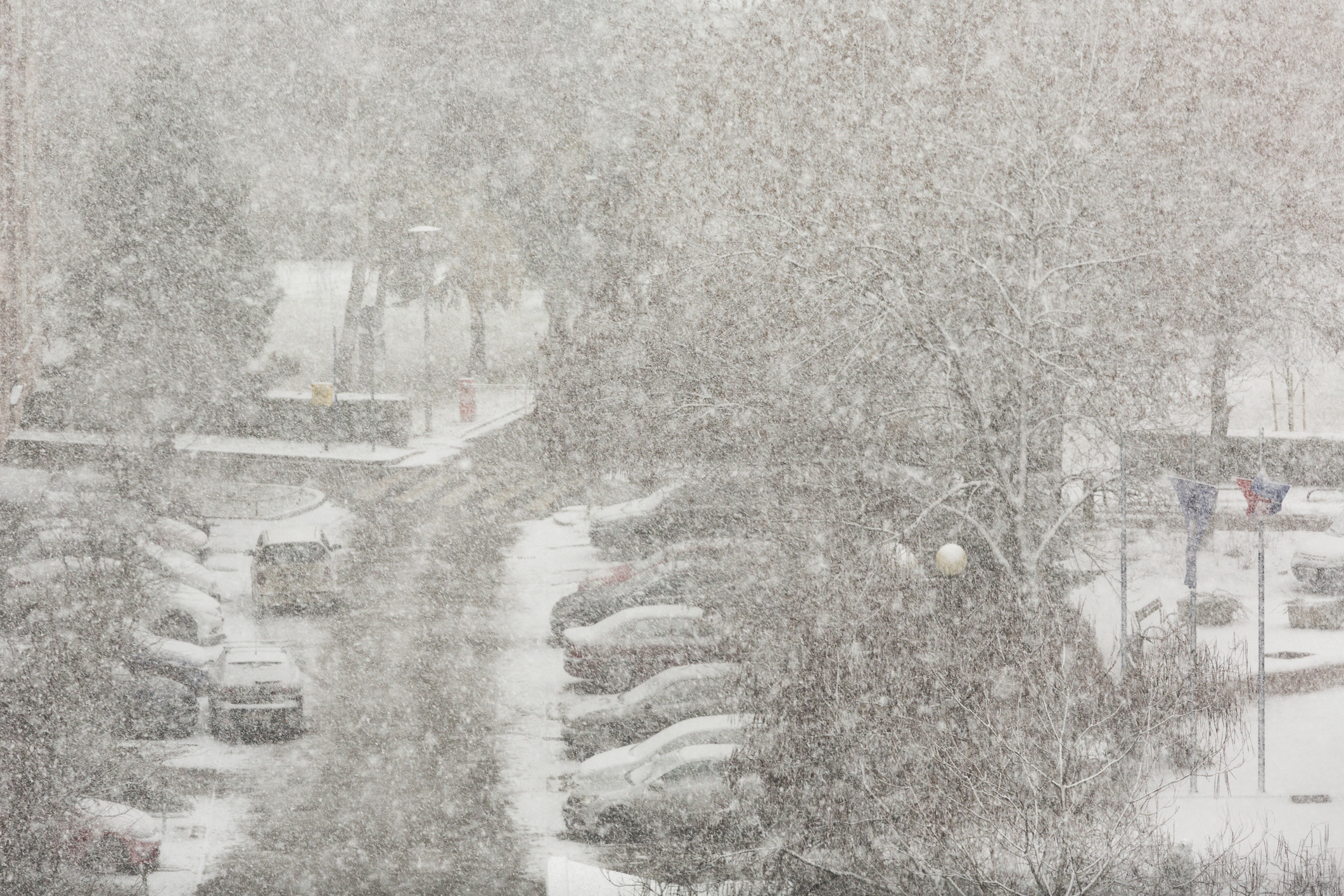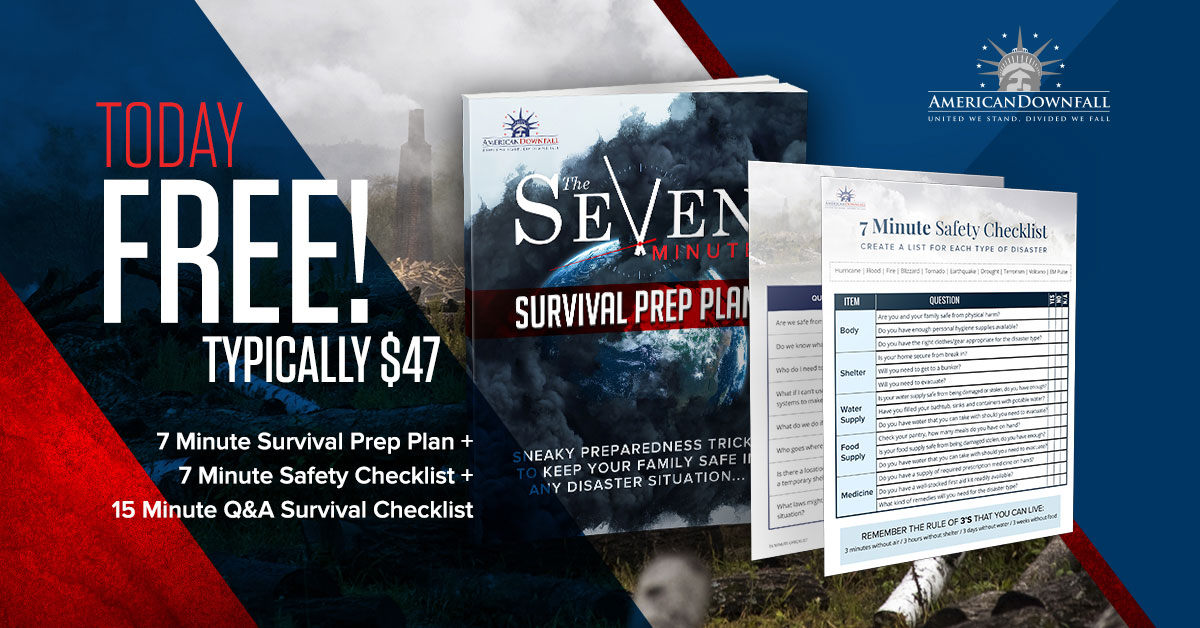At the height of the winter season, mild snowstorms can become raging blizzards and full white-outs very suddenly with little or no warning.
Fortunately, it’s possible to have preparations and supplies in place well before the bad weather hits. To make this easier, we’ve put together a list of supplies and preparations you can make according to several specific environments.
If You are at Home or Work
Before the Storm
Stock up on flashlights and batteries. Keep your cell phone charged. Purchase a battery operated t.v. or radio. Stock up on extra non-perishable food plus water.
Make sure you have enough prescription and non-prescription medicine, refill any prescriptions as soon as you can. Make sure any first aid ointments you have haven’t expired and that you have a supply of bandages.
Suggested Article: Planning Your Bugout Bag: Don’t Forget About Winter
If your heating system runs on oil or other fuel, make sure you are kept in good supply. If you have electric heat and you know a storm is coming, turn up the heat right before the storms hits, that way if you lose power, you’ll have enough heat to keep from freezing for an extended period.
Have a non-toxic emergency source of heat, as well as fire extinguishers, carbon monoxide, and smoke detectors. If you have a wood burning stove or fireplace, have a plan in place to section off that room so you can maintain viable heat levels without losing too much to the rest of the house. This could be temporary screens, or even just blankets hung from the ceiling or a doorframe.
During the Storm
Keep inside as much as possible. The more you go in and out, the more heat you will lose every time you open the door.
Try to use as few rooms as possible, closing off the others to conserve heat. If you can tolerate “camping out” in a single room for a few days, you’ll be warmer for it.
Suggested Article: How to Turn Your Car Into an Emergency Generator
Cover the windows after sunset to avoid losing heat through the glass. You can keep them open during the day to allow the sun to heat the windows and subsequently the room. Eat and drink enough to maintain your strength and keep from getting dehydrated and dress warmly.
Hushed-up Disaster Finally Makes the Headlines>>>
Stranded in a Car or Other Vehicle
Before the Storm
Always keep your gas levels close to full, even if it means topping off your tank several times a week.
Let a friend or relative know each time you go out on the road and approximate travel time, so someone will know if you go missing or get delayed. Keep your cell phone charged and a charger in your car. Put together a survival kit for your backseat.
Kits should include at least a gallon of water, non-perishable food that you don’t need to cook, thermal blankets, matches, tealights or other candles. A red or orange flag or other material.
Related Article: 7 Essential Items You Need in Your Car at ALL TIMES
During the Storm
Keep inside your vehicle. If you have gas, run the motor approximately ten minutes per hour, but crack the windows to avoid carbon monoxide poisoning. Make sure the exhaust pipe isn’t blocked.
Tie your “flag” to your antenna to let people know you are there, even if your car becomes covered in snow. Light one or two candles at a time, they won’t let off a lot of heat, but it will help prevent the temp inside the car from dipping dangerously low. Exercise as well to increase your core temp and keep your blood flowing.
Wrap up in the thermal blanket and sip water to keep from being dehydrated and eat the food to maintain enough calories to keep warm.
Related Article: The Right Way to Use a Mylar Blanket
Avoid getting out of the vehicle. Don’t try to “walk to safety” as it can be very easy to get turned around in swirling snow with little visibility. It’s better to hunker down and sit it out.
If Caught Outside
Find shelter immediately and do your best to cover any exposed parts of your body.
If you can’t find pre-fabricated shelter, try to create at least a lean-to or windbreak.
Related Article: 3 Great Shelter Options for Surviving Unexpected Situations
Try to build a fire for heat and to help get potential rescuers attention. You can place rocks in and around the fire to absorb and reflect even more heat.
If you don’t have anything you can use as shelter, and the snow is deep enough or built up on an embankment, dig a small “snow cave” to protect you from the wind and cold. The snow will work as an insulator.




